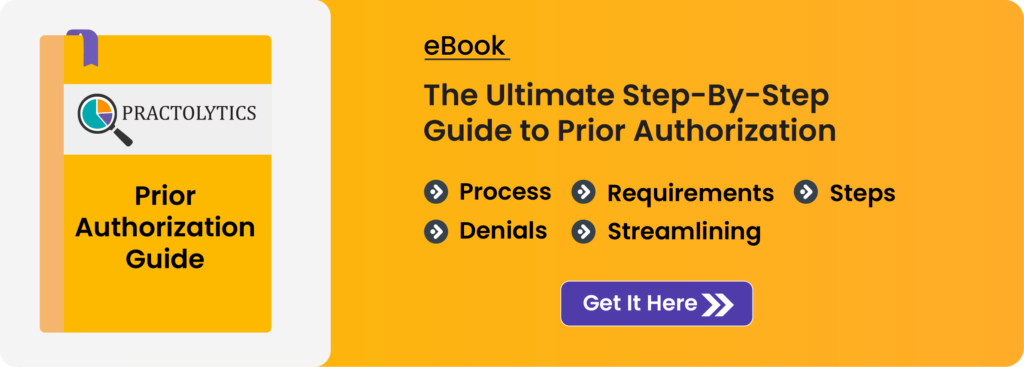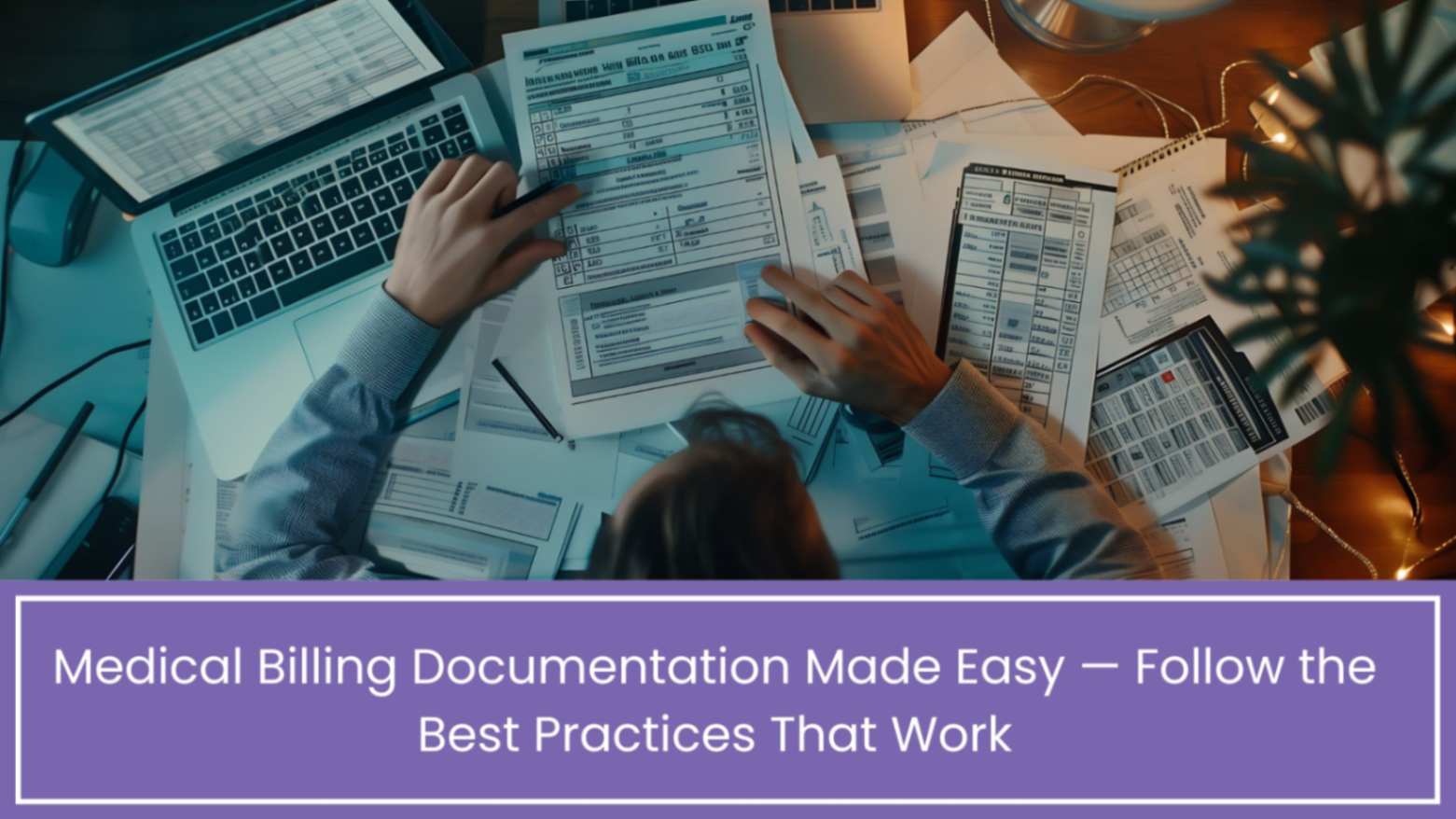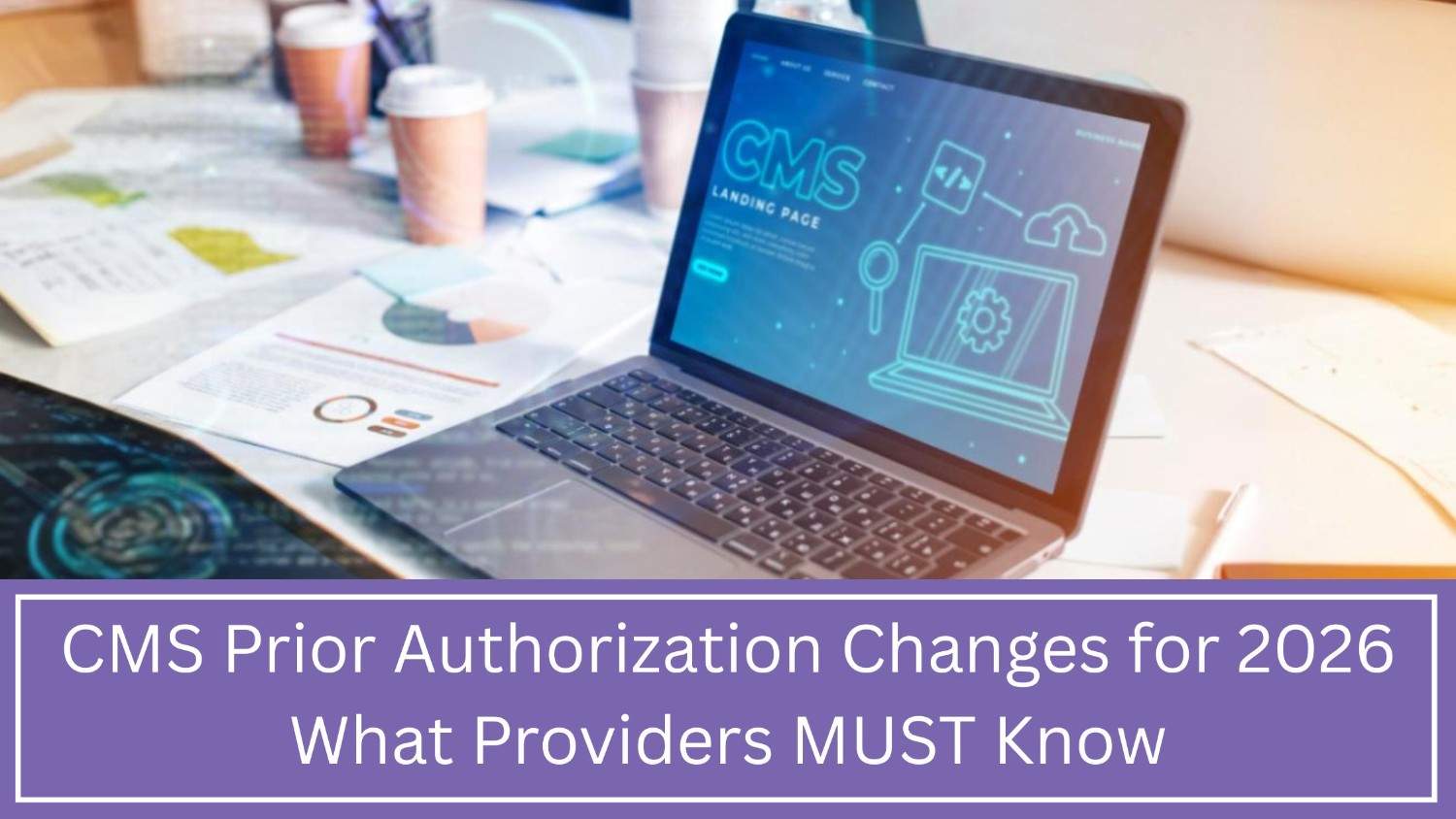How Prior Authorization Tools Improve Practice Workflow
Still stuck in a never-ending loop of faxes, follow-ups, and delays? How Prior Authorization Tools Improve Practice Workflow is no longer a question—it’s a reality in 2025. Whether you manage a small specialty clinic or a large multi-site practice, these tools simplify approvals, cut down on denials, and relieve administrative stress. This blog explores top technologies, what’s coming in 2026, and why providers are turning to trusted partners like Practolytics. How Prior Authorization Tools Improve Practice Workflow lies in automation, integration, and smarter systems—helping your team deliver care faster and get paid sooner. Ready to streamline the chaos?
Table of Contents
From Frustration to Efficiency Why Prior Authorization Tools Are a Must in 2025!
What if prior authorizations wasn’t a frustrating wait? What if it didn’t mean endless follow-ups, delays in care, or staff burnout?
In 2025, we’re finally seeing a shift. Thanks to smarter automation tools, prior auth is starting to work the way it should—faster, cleaner, and with fewer headaches. For medical practices and professionals, this means better care delivery and a more predictable revenue cycle.
Let’s talk about why prior authorization still matters, what tools are actually worth your time, and why outsourcing the whole process might be the smartest move you make this year.
Why Prior Authorization Still Matters in 2025?
You know how this goes. A service is ordered, but it needs insurer approval. Your team gathers the paperwork, submits the request, waits, follows up, maybe corrects something, and then finally gets the green light—or a denial. The time spent adds up. The delays affect patient care. And revenue is left hanging.
Even though it feels like a broken process, insurers aren’t moving away from it. In fact, prior auth is expanding across more services and medications. CMS and private payers are cracking down on medical necessity and documentation. If you don’t keep up, you fall behind—fast.
According to MGMA, one in every four patients experiences a care delay due to prior auth issues. And CMS reported over $845 million in costs avoided through proper PA workflows. So yes, it’s annoying. But it’s essential.
The trend is clear: insurers want more oversight before approving high-cost services. For providers, that means adapting. Practices that fail to modernize their workflows or invest in the right technology risk higher denial rates, slower reimbursement, and frustrated patients.
That’s why it’s no longer just an administrative task—it’s a strategic function.
And when you consider the average time spent per prior auth—anywhere from 15 minutes to several hours—you realize how big the time sink really is. Multiply that across dozens of patients a week, and suddenly, prior auth becomes one of the biggest workflow barriers in the practice.
How Automation Tools Are Changing the Game?
Thankfully, this isn’t 2015. Today, prior authorization tools are smarter. They’re integrated with your systems. And they do a lot of the heavy lifting. But with so many tools out there, how do you know which ones are worth the investment?
Let’s look at what’s leading the charge in 2025.
1. Innovaccer gives practices a way to manage authorizations directly inside their EHR. It pulls in clinical and insurance data entry, knows when PA is required, and fills out the necessary forms. Its dashboards give clear visibility on what’s approved, what’s pending, and where the delays are. This level of automation can significantly reduce the manual back-and-forth your team deals with every day.
It also supports multi-specialty clinics by aligning clinical decision pathways with payer expectations, which helps standardize workflows across providers and reduce inconsistent approvals. The ability to plug into different parts of the revenue cycle also makes it attractive to health systems.
2. Waystar works quietly in the background. It has one of the most complete libraries of payer rules and can spot the need for prior auth automatically. It submits requests, tracks them, and updates your team along the way. The beauty? It lives inside many EHRs, so your staff doesn’t have to switch platforms. With less switching and more automation, providers experience quicker turnaround and fewer human errors.
It’s especially strong in multi-payer environments. Waystar can sort through complex payer policies without requiring your team to reference PDFs or separate databases, minimizing the chances of incorrect form submission.
3. Cohere Health brings more clinical intelligence to the process. It checks treatment plans against insurer guidelines and ensures alignment before you even hit submit. This means fewer denials, especially for complex specialties like orthopedics, cardiology, or oncology billing services. In practices where the margin for error is slim, this AI-backed solution can make a huge difference.
What sets Cohere apart is that it also guides clinical decision-making in real time. This helps reduce unnecessary care variations and flags documentation gaps before the request ever goes out, dramatically improving approval chances.
4. Surescripts speeds up prescription approvals. It pulls the data from your EHR and sends it directly to pharmacy benefit managers. Many approvals happen instantly, and if there’s a problem, the system tells your team what’s missing. This is especially helpful for primary care and chronic condition management, where quick medication access is critical.
It’s well suited for high-volume practices like endocrinology, psychiatry, and pediatrics, where prescription workflows must be fast and accurate. Its direct link with pharmacies also eliminates the need for call-backs and refill confusion.
5. CoverMyMeds is a strong option for both medical and pharmacy PAs. It fits into your workflow and helps you manage forms, documents, and follow-ups with ease. Its alert system reduces the chance of something falling through the cracks. Because of its user-friendly interface, even smaller practices with fewer resources find it manageable.
It supports mobile access and cross-platform usability, meaning your staff can track approvals and respond to issues even if they’re not at their desks. This kind of flexibility matters more than ever in hybrid or multi-location practices.
Why You Can’t Ignore Prior Auth Trends in 2026?
As we move into 2026, the world of prior authorization is going to keep evolving—and quickly. The industry is headed toward real-time authorization, more direct payer-provider integrations, and AI models that don’t just respond to submissions but actively prevent denials before they happen.
Imagine a system that tells you: “This request will likely be denied unless you include this additional note or diagnosis code.” That’s not science fiction anymore. Companies are already testing these features.
The demand for API-based communication between payers and providers is growing. This means that the prior auth decision could one day appear on your EHR screen the moment a service is ordered.
There’s also a strong push for uniformity. If CMS mandates a national PA standard in 2026, all payers—Medicare, Medicaid, and commercial—will have to comply with a single submission and response format. Practices without electronic workflows will likely be shut out of the loop entirely.
Additionally, analytics will begin to play a larger role. Predictive reporting will help practices understand which requests are most at risk and which providers may need extra training to reduce denials.
Why Tools Alone Aren’t Enough?
You can buy the best software, but it won’t run itself. Tools require time to implement, maintain, and optimize. They also need regular updates as payer rules change. That’s where practices often hit a wall.
Someone on your team has to manage submissions, follow up on stalled requests, appeal denials, and monitor payer feedback. Without a dedicated process or staff, the tool’s value drops.
And let’s be honest—your staff is already stretched. Most don’t have time to monitor every detail, every day.
That’s why even with tools in place, many practices still experience high denial rates and slowdowns. And this is where outsourcing begins to shine.
Rise of Outsourcing: Why More Clinics Are Handing Over Prior Auth?
In 2025, outsourcing is no longer just for large hospital systems. It’s for independent clinics, specialty practices, and multi-site groups looking for consistency.
Outsourcing gives you access to trained professionals who specialize in one thing—getting your healthcare prior authorizations services approved fast and correctly. They know the rules. They know how to talk to payers. And they know how to stay on top of every case.
Instead of pulling your front desk into more admin work, outsourcing lets them focus on patients. It also helps reduce errors, avoid rejections, and speed up payments.
The result? Happier patients. Less stress on your team. More reliable revenue.
Practolytics Is the Partner You Can Count On!!!
This is where Practolytics makes a real difference.
We’re not just a tech vendor. We’re a revenue cycle partner who understands what practices face every day. We work with over 1,400 providers in 31 states and across more than 28 specialties. We process over 5 million claims each year and bring over 20 years of experience to every conversation.
When you work with Practolytics, you’re not just outsourcing—you’re upgrading.
We handle:
- Pre-checks to see if authorization is required
- Collecting clinical data and documentation
- Submitting clean, complete requests
- Tracking every submission
- Following up with payers
- Managing appeals when needed
And we do all of it while keeping you updated through clean dashboards and reports that are built for your team—not for software engineers.
Whether you use our tools or let our team manage the full process, we build a system that works for you.
We also offer flexible models. Whether you need support only during high-volume months or full-time year-round coverage, we adapt to your needs. Plus, our team is fully HIPAA compliant and trained in speciality-specific medical coding and documentation, ensuring that your authorizations meet the right payer criteria every time.
Final Word: Your Next Step Toward Smoother Prior Auth!
Prior authorization doesn’t have to stay messy. The future is full of better options—tools that talk to your systems, AI that prevents denials, and partners like Practolytics that make the whole thing easier.
Don’t let paperwork stop your growth. Don’t let delays frustrate your patients. And don’t let denials drain your revenue.
With the right strategy, you can move faster, get paid sooner, and spend more time where it matters most—in patient care.
Read More – Prior Authorization Services for Podiatry : improving Patient Access and Care






